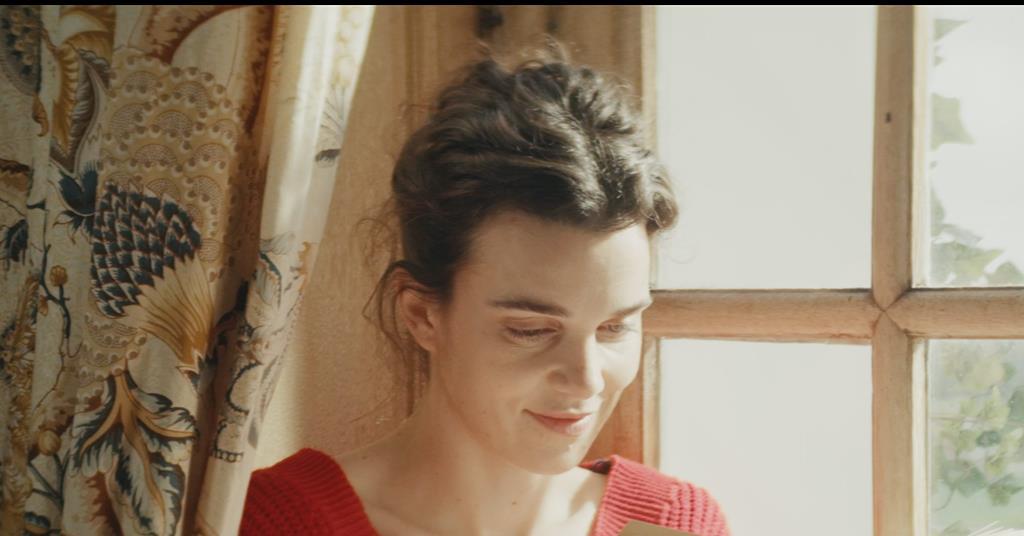
The Last Voyage of the Demeter (2023) - Movie Review
- Aug 24, 2023
For fans well-acquainted with horror classics, the Demeter is a name that rings a bell. It's the ship in the seventh chapter of Bram Stoker's iconic "Dracula". The ship transports a perilous cargo from Transylvania to London. Although a mere 16 pages in length, this chapter brims with captivating imagery. However, it is often sidelined in on-screen adaptations of the story. However, the film "The Last Voyage of the Demeter" magnifies this brief chapter into a full-length exploration of one of fiction’s most cursed sea voyages.
See Also: Teenage Mutant Ninja Turtles: Mutant Mayhem (2023) - Movie Review
At first, I was skeptical about how the film would succeed considering the majority of viewers would predict its trajectory even before the opening credits. It seemed like another attempt by Universal Studios to revive their iconic vampire for modern viewers, especially after less successful ventures like "Dracula: Untold" and the recent "Renfield". However, this film differentiates itself with an elegant style and genuine scares.
The narrative unfolds in 1897. As the Demeter prepares to leave Transylvania for London, it welcomes onboard Captain Eliot (Liam Cunningham), his trusted first mate Wojchek (David Dastmalchian), young Toby (Woody Norman), and a modest crew. The journey takes a tense turn when local sailors discover the ship's cargo. It is a collection of large crates going to Carfax Abbey in London. Clemens (Corey Hawkins) hops aboard last minute as the ship's physician. His skills are to the test when a mysterious stowaway (Aisling Franciosi) with an ailment is among the cargo.
The ship becomes a stage for the bizarre. Animals mercilessly die, eerie noises echo through the night, and even the ship's rats seemingly vanish. As crew members start disappearing, paranoia grows. When the stowaway Anna awakens, she reveals a terrifying truth - the ship houses Dracula (Javier Botet). As he preys on the crew, the survivors race to prevent his arrival in London.
Director André Øvredal, known for horror films like "Trollhunter", "The Autopsy of Jane Doe", and “Scary Stories to Tell in the Dark", grapples with a unique challenge: narrating a story where the audience is steps ahead. He does this with striking visuals and a haunting atmosphere, reminiscent of classics like “Alien”. The chase between Dracula and the crew members is tense and ends in gut-wrenching violence.
This Dracula is depicted as a particularly gruesome creature. Graphic scenes earn the film its “R” rating, and even characters you hope would be spared face brutal fates. Standout performances by Dastmalchian, Franciosi, and Botet heighten the film's emotional intensity, counterbalancing its predictability.
While the movie mostly excels, it’s not flawless. Some scenes overstay their welcome due to the film's deliberate pacing. Furthermore, it falls prey to a common trope of modern horror films – hinting at sequels with its ending, which feels somewhat forced.
Still, these minor blemishes don't detract from its overall quality. “The Last Voyage of the Demeter” might not ascend to the heights of horror masterpieces like "Horror of Dracula", “Nosferatu the Vampyre”, or “Bram’s Stoker’s Dracula", but it offers a refreshing, stylish, and spine-chilling rendition of a familiar tale. It’s a treat for both ardent horror aficionados and casual cinema-goers.







